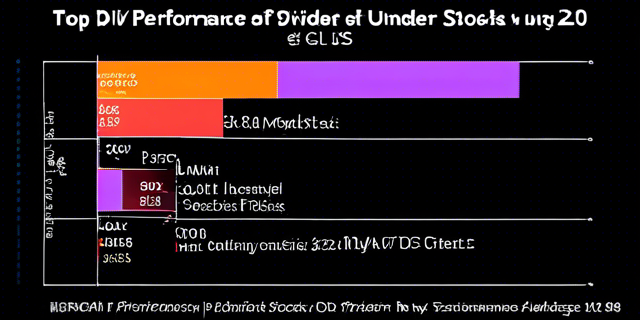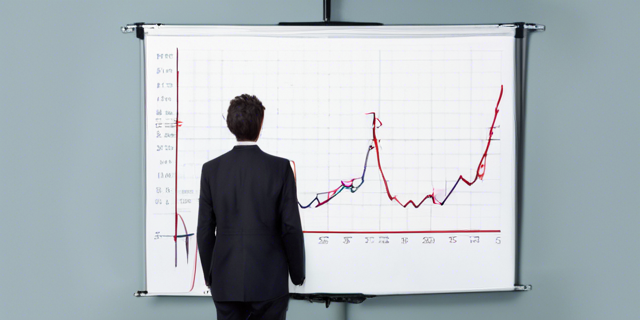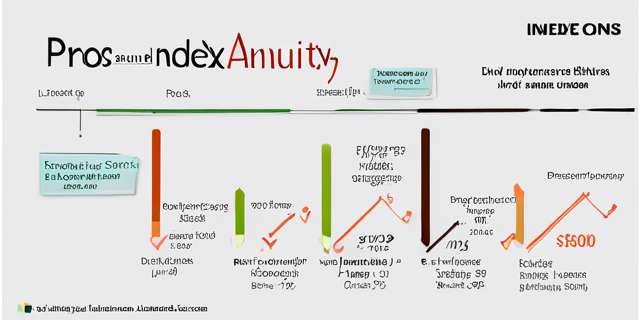Defining Market Capitalization – Large vs Small Cap Stocks
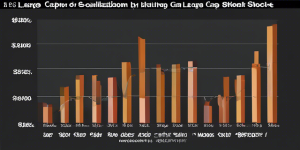
Defining Market Capitalization – Large vs Small Cap Stocks
When researching individual stocks, one vital statistic to always assess is market capitalization – aka market cap or market value. This quantifies a company’s total market value based on their outstanding shares multiplied by the current stock price per share. Market cap offers perspective on company size and segmentation.
Stocks get commonly grouped into ranges like large cap, mid cap and small cap. These market capitalization buckets have specific definitions investors should know. They also exhibit different return drivers and risk profiles influencing security selection.
What Constitutes a Large Cap Stock?
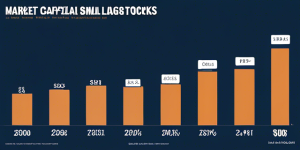
Defining Market Capitalization – Large vs Small Cap Stocks
Large cap refers to public companies with very high market values. The minimum threshold to qualify varies across analysts from $10 billion upwards to $200 billion in aggregate capitalization. Index providers offer specific large cap definitions for their benchmarks.
For example, S&P Global classifies any stock in the S&P 500 index as large cap given minimum market cap levels for inclusion. MSCI and FTSE Russell use stricter screens approaching $10 billion.
Investopedia summarizes the fuzzy threshold as any stock within the top 70% market cap range among U.S. listed companies.
What Drives Large Cap Stock Performance?
The biggest public companies compete globally with diversified revenue streams. Their large market shares afford economies of scale and pricing power within industries. Strong free cash flow funds market share buybacks, fueling per share growth.
Multinational reach lets large caps access faster growth abroad, cushioning cyclical domestic trends. These attributes support stability and strong total returns over long timeframes despite muted volatility.
Examples of Well-Known Large Cap Stocks
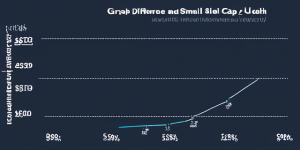
Defining Market Capitalization – Large vs Small Cap Stocks
- FAANG stocks (Facebook, Apple, Amazon, Netflix, Google/Alphabet)
- Warren Buffett’s Berkshire Hathaway
- Top bank stocks (JPMorgan, Bank of America, Wells Fargo, Citi)
- Leading technology brands (Microsoft, Nvidia, Adobe, Salesforce, Oracle)
- Prominent consumer giants (Disney, McDonald’s, Nike, Starbucks, Home Depot)
What Makes a Mid Cap Stock?
The middle ground between small and large, mid cap stocks range from around $2 billion to $10 billion in market capitalization based on most classification systems. This captures companies exhibiting rapid growth beyond small cap but not yet big enough to be large cap. Their medium market value offers investors a “Goldilocks zone” balancing risk and return.
Mid Caps Blend Growth and Stability
Mid caps frequently operate within a strong niche or exhibit market leadership potential in their domain. Unlike unpredictable startups, they’ve scaled successfully to demonstrate winning business models and financial health. Ongoing expansion prospects remain brighter than slow-and-steady large caps.
Reasonable liquidity eases trading while information flows don’t match the scrutiny facing huge companies. This affords mid caps room to impress markets and unlock higher multiples over time. Returns often outpace small and large peers over full market cycles.
Examples of Mid-Cap Stocks
- Carvana – Online used car dealer
- Datadog – Cloud monitoring/analytics platform
- Zscaler – Cloud-based web/mobile security
- Paycom Software – HR/payroll SaaS provider
- Idexx Laboratories – Animal health diagnostics/tech
- Ceridian HCM Holding – HR management solutions
What is Considered a Small Cap Stock?
Market participants define small cap stocks as companies valued between $300 million to $2 billion based on shares outstanding multiplied by prevailing prices. Companies frequently graduate from micro cap status to small cap after successfully ramping growth.
Index providers again have specific criteria for small cap classifications. For Russell indices, the maximum cutoff is $2 billion. S&P uses $3 billion for the S&P 600 SmallCap Index. FTSE disects further with a SmallCap index up to $2 billion and MicroCap index for stocks below $200 million.
What Makes Small Caps Unique?
Small cap companies exhibit tremendous revenue and earnings growth potential coming off a low base. Their focus on unproven emerging products or services brings elevated risk. Management execution and adaptation to market feedback strongly dictates success.
Extreme return potential arrives with lower liquidity and financial resource constraints relative to mid/large tier organizations. This segment demands diligent research to avoid chasing hype without business model viability.
Examples of Current Small Cap Stocks
- Five9 – Cloud contact center software leader
- Cerence – Automotive AI virtual assistant apps
- Ontrak Health – AI-powered telehealth for chronic conditions
- Establishment Labs – Aesthetic implant medical devices
- Calix – Software platforms for broadband service providers
- Exact Sciences – Cancer diagnostic screening innovations
Comparing Return Drivers: Large Cap vs. Small Cap Stocks
Determining whether large caps or small caps make better investments depends partly on timeframe. Small caps outperform over long periods but encounter much higher volatility. Large caps provide reliable compounding at the cost of lower short term upside.
Large Cap Stock Return Drivers
- Global operational scale and entrenched competitive positions afford stability
- Capacity for immense capital return via dividends and buybacks
- Geographic exposure softens recessions centered in one country
- Aggressive M&A spurring growth and synergies
Small Cap Equity Return Drivers
- Hypergrowth potential as emerging leaders gain market share
- Multi-bagger return upside from a low base
- Often targets faster expanding industry niches
- Acquisition potential once success demonstrated
Over 3-5 year spans, small cap risk and reward profiles align well with prudent growth investors having sufficient conviction in their picks.
Relative Risk Profiles: Large Cap vs. Small Cap
While past returns appear attractive for small caps, immense disparities in risk accompany the higher growth potential.
Large cap blue-chip multinationals operate diversified revenue streams across mature market strongholds. Their immense scale begets pricing influence, customer loyalty and competitive insulation. This stalwart nature steadies profits through all business environments.
Conversely, small caps show far greater sensitivity to economic cycles and threats to their narrow business models. Limited cash reserves increase vulnerability. Execution risks also run high with less seasoned leadership teams.
In times of market stress, large cap indexes markedly outperform small cap peers. Investors prize resilience over sky-high earnings multiples. This explains higher typical valuation premiums for large caps except at cycle peaks.
Should Investors Choose Large Caps or Small Caps?
Striking an appropriate balance based on goals and constraints makes more sense than an all-or-nothing approach. Here are a few portfolio allocation guidelines regarding market cap:
- Conservative investors can overweight large caps for ballast
- Growth seekers should establish small cap exposure despite volatility
- Income investors prefer large cap dividends but some small caps work
- Limit small caps to less than 20% of your equity allocation
- Rebalance periodically as names migrate between categories
Blending blue-chips with select mid and small tier opportunities offers a sensible risk management tactic. The key lies in determining appropriate relative weightings given an investor’s preferences.
Looking Beyond Simple Market Cap Screens
While market capitalization offers a sensible starting screen for segmenting groups of stocks, truly prudent investors consider additional factors as well.
Valuation metrics like P/E ratios and cash flow multiples also carry important insights related to expectations embedded in market caps. And various financial strength and stability indicators help confirm whether market cap aligns with company fundamentals or not.
Other vital indicators assessing quality, profitability, dividend histories, volume patterns, volatility measures and technical support levels help determine what market cap truly conveys about a given security. Utilizing instant yet shallow screens like market capitalization alone leads investors astray.
Conclusion on Large Cap vs. Small Cap Stocks
Categorizing stocks based on market capitalization aids portfolio design based on risk tolerances and diversification goals. Large cap multinationals offer stability at a cost of lower long term returns. Small caps provide a volatile yet lucrative growth avenue over market cycles. Investors optimally blend both groups to balance compounding power with risk mitigation across holdings. Beyond these generalizations, assessing each company’s financials and industry backdrop remains imperative regardless of market cap categorization.
FAQs About Market Capitalization
What are mega cap stocks?
Mega caps fall at the upper end of large cap territory, typically defined as companies valued over $200 billion. Top mega cap stocks include Apple, Microsoft, Alphabet, Amazon and Tesla based on their trillion-plus market caps.
Are mid cap stocks riskier than large caps?
**Mid caps do carry higher volatility than large caps due to richer valuations, narrower business focus, and greater sensitivity to market corrections


